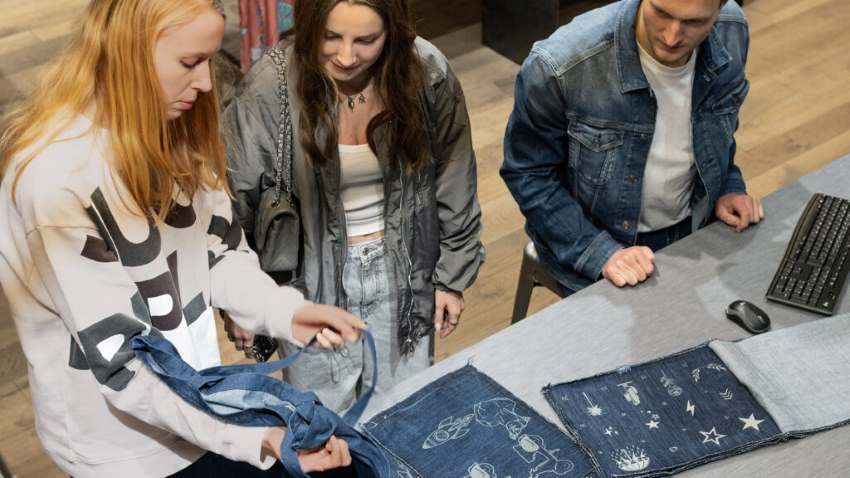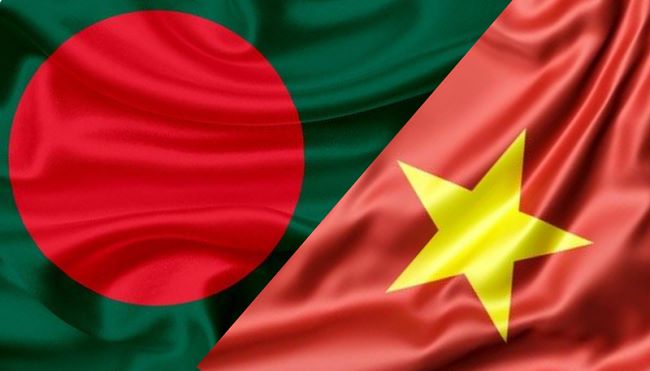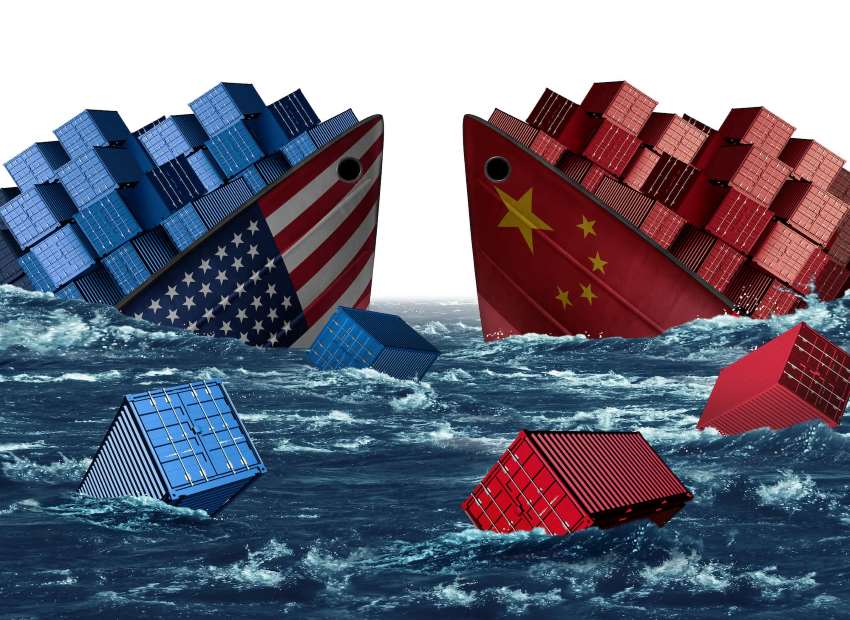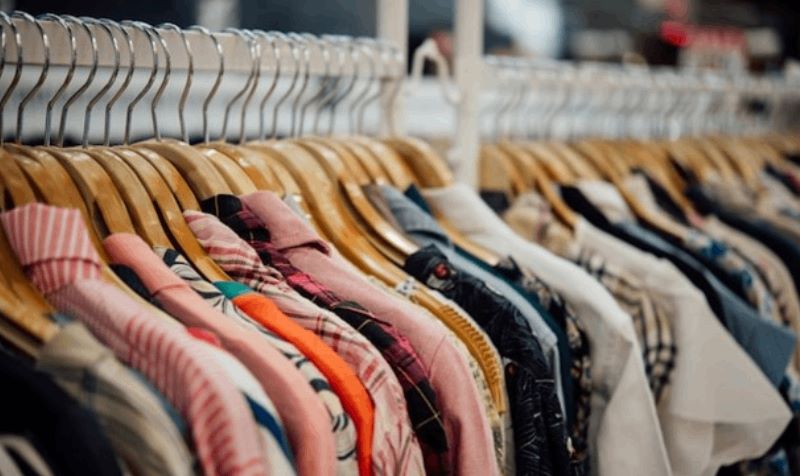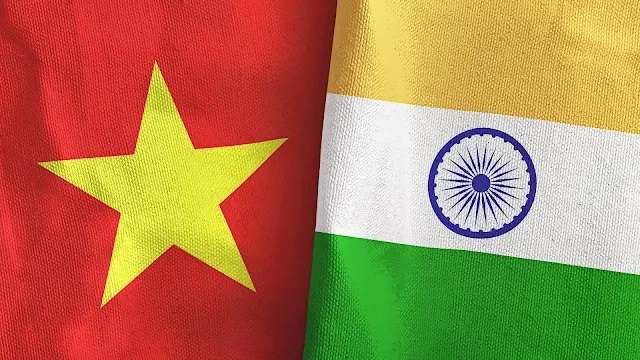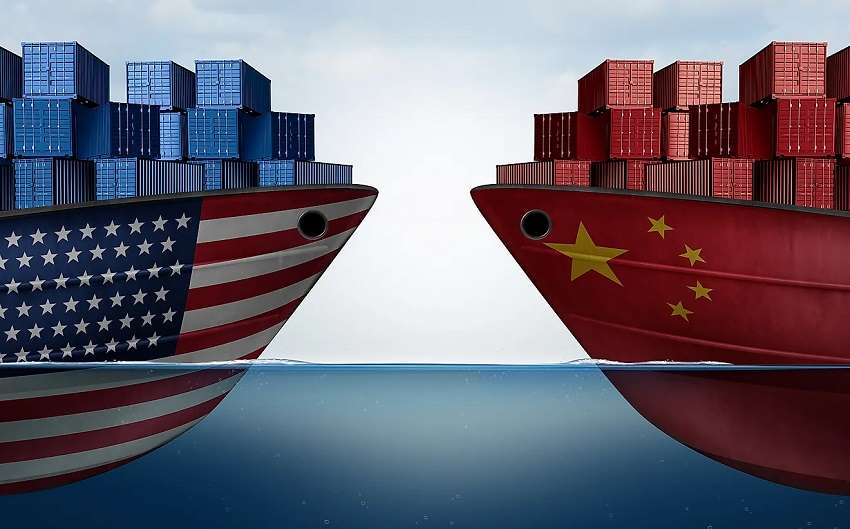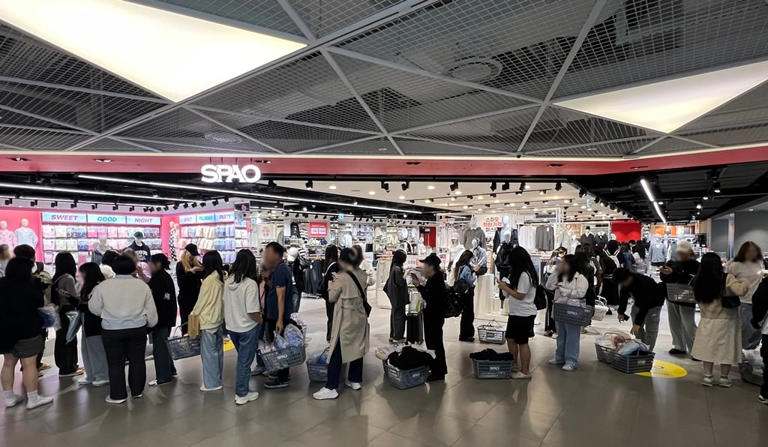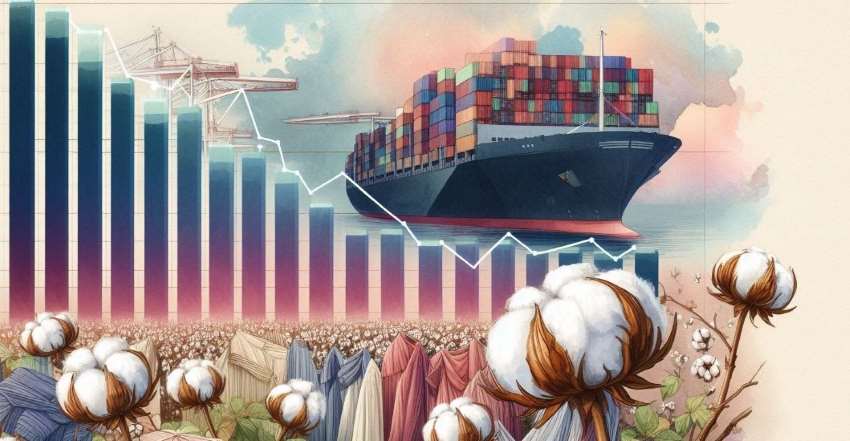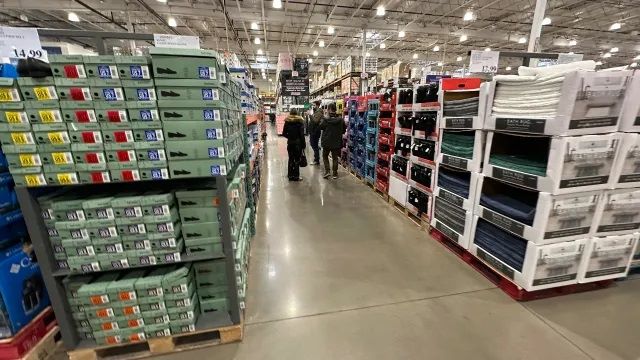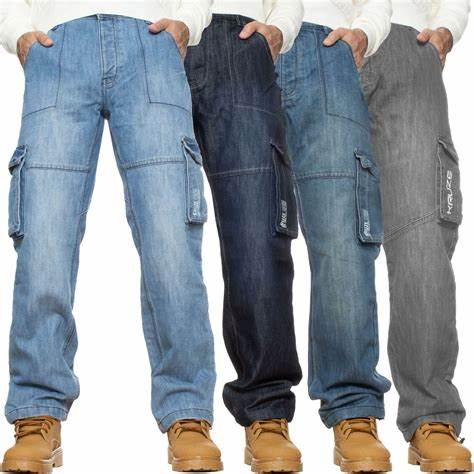"The second largest garment exporter in the world, Bangladesh’s RMG export was $28.668 billion in 2016. Looking at its potential, the government has set a goal of reaching $50 billion in exports by 2021. Considering the current consumption, approx three billion metre of woven fabric is required for export per year. Local mills are capable of producing only around 45 million metres of fabric, which is around 14-15 per cent of the demand. The country is spending almost $4 billion to import fabric every year."
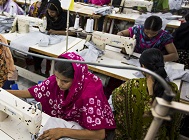
The second largest garment exporter in the world, Bangladesh’s RMG export was $28.668 billion in 2016. Looking at its potential, the government has set a goal of reaching $50 billion in exports by 2021. Considering the current consumption, approx three billion metre of woven fabric is required for export per year. Local mills are capable of producing only around 45 million metres of fabric, which is around 14-15 per cent of the demand. The country is spending almost $4 billion to import fabric every year. There lies a big gap in the supply and demand. Investing in woven fabric manufacturing means saving huge forex, offering a big boost to the economy.
Shorter lead times
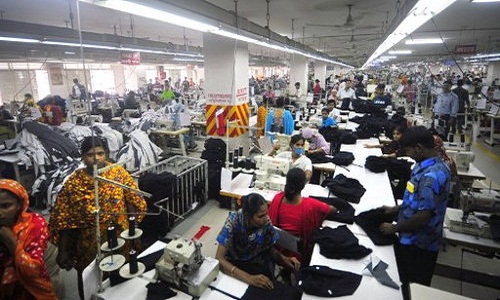
Going by the fast changing fashion trends, nowadays most of fashion retailers want products in 60 days, implying 30 days for fabric production and 30 days for garments making. If there is strong support from local mills, a product can be developed 2-3 weeks faster in comparison with the fabric of foreign origin. This would be an added advantage for the country. Working with local suppliers also helps companies in sorting issues that may crop during order processing. For instance, if there is quality issue with a Chinese origin fabric, it takes almost 3-4 weeks to arrive at solutions, considering the email communication, sending evidence or a supplier representative visits, etc. But in case of local mills, it can be sorted in just a week.
Least complexities & risk
While importing fabrics, a number of commercial processes are considered. But if it is a local supplier, things are easy. For instance, if you have a rejected fabric and you need to return it back to source and get replacement fabric, it would take only couple of days for local mills but for foreign mills, it may take months. At the same time, when there is an issue in business and you are in the same country, the risk management is very easy.
Price challenge
Price is one of the biggest challenges for garment manufacturers as well as fabric suppliers. Compared to competitors like India, Pakistan and China, the country’s fabric prices are high, as it doesn’t produce cotton. But Bangladesh has comparatively cheaper labor cost. So, the country needs to trade off with that and needs to keep its fabric cost as low as possible to survive in the market.
Product diversity
Bangladesh mostly produces basic products mainly cotton based in solid, print and yarn dyed and denims. Bangladeshi woven fabric manufacturers’ product range is very narrow. There is a huge demand for different kinds of fabrics. Retailers are looking for more technical fabrics with different functional properties. So, Bangladeshi fabric manufacturers need to be ready for this and diversify their products in those areas as well.
Most mills are not producing high stretch products. Mill’s capacity being limited they make more basic volume products, and innovation is low. One of the other major categories is denim. The country has a strong market share in this segment. There are in 30 denim mills, which produce 25 million metre fabric per annum. Today, the country is No. 1 jeans exporter to Europe and No. 3 to the US.
Local support – a must
Huge investment is needed in woven sector as backward linkage of garment industry to achieve $50 billion by 2021. Without strong support of raw materials, the country cannot achieve this goal. There is also a need to look for diversified products and train manpower to harness newer opportunities. In order to compete, the country needs to ensure competitive price, quality and excellent sales service to RMG sector. On top of that, there is a strong need to promote Bangladeshi fabrics in a big way across the globe to gain major market share.

